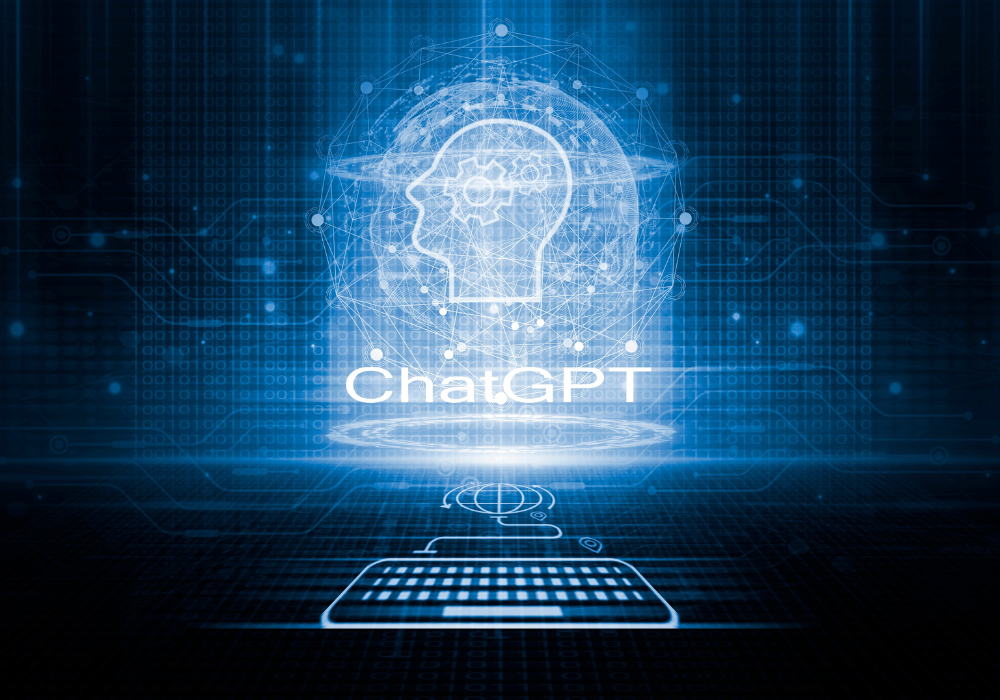ChatGPT-3.5 Vs GPT-4: Which One is Better for You?

- What are the Key Differences Between ChatGPT-3.5 and GPT-4?
- How Has GPT-4 Improved Upon ChatGPT-3.5 in Terms of Language Understanding and Generation?
- How Has India Played a Significant Role in the Development of GPT-4?
- How Does GPT-4 Address the Limitations of ChatGPT-3.5?
- Upgrade Your AI and ML Knowledge With Emeritus
Picture a world where machines comprehend language nuances, have no biases, and engage in human-like conversations. That’s what we get when we upgrade from ChatGPT-3.5 to ChatGPT-4. According to Semafor, OpenAI’s latest language model, GPT-4 boasts a staggering 1 trillion parameters (ChatGPT-3 has 175 billion parameters), setting the stage for a quantum leap in Artificial Intelligence (AI) capabilities. As we traverse this technological landscape, let us uncover the secrets behind GPT-4’s remarkable enhancements. We will also be exploring how India’s role adds a unique chapter to this narrative.
In this blog, we will cover:
- What are the Key Differences Between ChatGPT-3.5 and GPT-4?
- How Has GPT-4 Improved Upon ChatGPT-3.5 in Terms of Language Understanding and Generation?
- How Has India Played a Significant Role in the Development of GPT-4?
- How Does GPT-4 Address the Limitations of ChatGPT-3.5?
- Upgrade Your AI and ML (Machine Learning) Knowledge With Emeritus
What are the Key Differences Between ChatGPT-3.5 and GPT-4?
| Aspect | ChatGPT-3.5 | GPT-4 |
| Development Phase | ChatGPT-3.5 is an AI language model that gained prominence due to its impressive conversational abilities. | GPT-4 represents the next generation of language models, following ChatGPT-3.5’s success. |
| Performance | It delivers impressive conversational abilities but may exhibit occasional inconsistencies and limited contextual understanding. | GPT-4 boasts significantly improved performance, enhanced contextual comprehension, and more coherent responses. |
| Training Data | It is trained on a vast corpus of text, with contributions from various sources, including India’s contribution to GPT development. | GPT-4 incorporates even larger and more diverse training datasets, further enriching its understanding of global linguistic nuances. |
| Capabilities | It primarily excels in chat-based interactions but struggles with in-depth content comprehension. | It aims to bridge this gap by enhancing its ability to understand and generate content across various domains, increasing its understanding of comparative analysis, and making it more versatile and reliable. |
| Ethical Considerations | ChatGPT-3.5 is subject to ethical concerns related to biased outputs and potential misuse. | GPT-4 endeavors to address ethical concerns with improved bias mitigation and responsible AI practices. |
 Overall, GPT-4 represents a substantial leap in conversational AI and language models compared to ChatGPT-3.5. Moreover, GPT-4 offers enhanced performance, broader training data, and a commitment to addressing ethical considerations.
Overall, GPT-4 represents a substantial leap in conversational AI and language models compared to ChatGPT-3.5. Moreover, GPT-4 offers enhanced performance, broader training data, and a commitment to addressing ethical considerations.
ALSO READ: ChatGPT vs. Bard: Which is Better Suited to Your Needs?
How Has GPT-4 Improved Upon ChatGPT-3.5 in Terms of Language Understanding and Generation?
In conversational AI and language models, the transition from ChatGPT-3.5 to GPT-4 marks a significant leap in the field of Artificial Intelligence. ChatGPT-3.5, while rising sharply in popularity, has limitations that GPT-4 has effectively addressed. GPT-4 showcases remarkable advancements in Natural Language Processing (NLP) and language understanding. Moreover, its contextual comprehension has vastly improved, allowing it to provide more coherent and relevant responses. This is in contrast to ChatGPT-3.5, which occasionally struggles with maintaining context.
GPT-4’s ability to handle complexity is another notable enhancement. It can navigate intricate subjects with ease, making it a versatile tool for various applications. Additionally, GPT-4 benefits from incorporating diverse linguistic patterns and cultural nuances into its understanding. In this comparative analysis, GPT-4 stands as a testament to the ongoing progress in the field, pushing the boundaries of conversational AI and language models.
ALSO READ: Future of AI: How to Leverage AI to Make Better Career Choices
How Has India Played a Significant Role in the Development of GPT-4?
India has played a substantial role in the development of GPT-4, making a noteworthy contribution to the evolution of conversational AI and language models. One of the most significant aspects of India’s contribution to GPT development is its role in enriching training data. GPT-4 has integrated Indian languages into its dataset, thus enhancing its multilingual capabilities. This addition makes GPT-4 more inclusive. At the same time, it caters to a wider audience. It also ensures that it can understand and generate content in a more culturally sensitive manner.
Furthermore, India’s expertise in Natural Language Processing and its burgeoning AI research community have actively contributed to the development of GPT-4’s underlying algorithms. In essence, this collaboration has been instrumental in refining GPT-4’s language understanding and generation capabilities.
ALSO READ: What is Prompt Engineering, and Why Should You Know About It?

How Does GPT-4 Address the Limitations of ChatGPT-3.5?
GPT-4 effectively addresses the limitations of ChatGPT-3.5, marking a substantial advancement in conversational AI and language models. Notably, GPT-4’s improved contextual comprehension allows it to grasp nuances and user intent more effectively. This results in more coherent and relevant responses. Unlike ChatGPT-3.5, which occasionally struggled with context, GPT-4 excels in sustaining meaningful dialogue.
Moreover, handling complexity is GPT-4’s breakthrough. It can effortlessly navigate intricate topics, making it a versatile tool for various applications where ChatGPT-3.5 fell short. GPT-4 also benefits from a more comprehensive training dataset, addressing the limitations of its predecessor.
Upgrade Your AI and ML Knowledge With Emeritus
In conclusion, staying updated with the latest advancements in AI and ML is essential in today’s world. As we wrap this up, remember that the world of AI and ML is ever-evolving, with new chapters waiting to be written. Whether you’re an AI enthusiast or an expert, staying updated is the key. Therefore, to enhance your knowledge and skills in this field, consider exploring Emeritus’ artificial Intelligence and machine learning courses.
By Siddhesh Santosh
Write to us at content@emeritus.org





